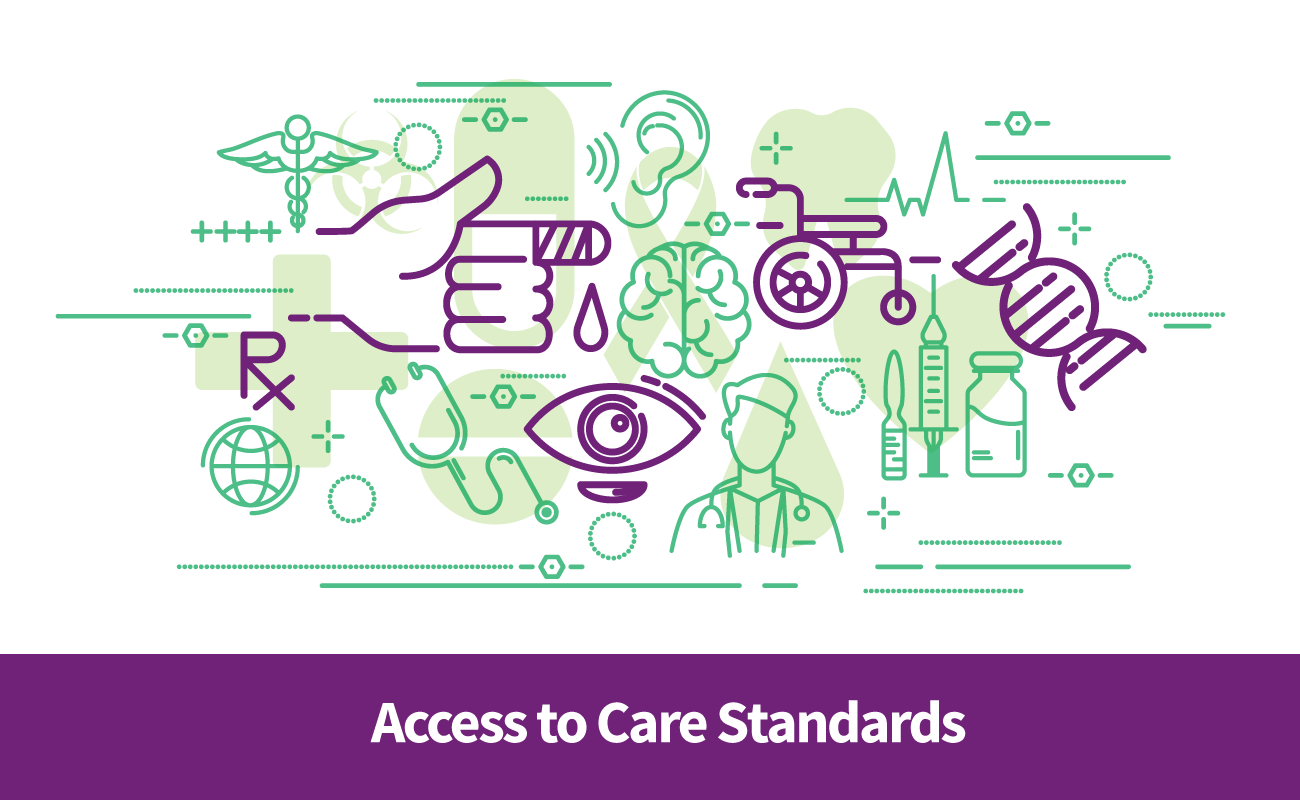Need to See Your Doctor? Read This to See How Soon That Should Happen

In today’s fast-paced world, we’re pretty used to getting what we want, when we want it. Information is readily available in the palm of your hand day or night (what did we do before Google?!) and packages are sent directly to your door in less than 24 hours. Want food from your favorite restaurant but don’t want to leave home? There are SO many apps to help with that. Want to watch a movie without leaving your couch? No problem. Need groceries but don’t have time to run to the store? Yup, that’s easy, too. Most of your favorite products and entertainment can be delivered in an instant with a touch of a button on your phone. Even health care has followed suit with services like live video doctor visits (CDPHP® members can use Doctor On Demand!).
But when it comes to seeing a doctor in-person, we need to hit the “pause” button instead of “order now” and know realistic times to receive care.

Access to high-quality care is extremely important to your health, and with your health insurance, you’re connected to a variety of doctors of whom can meet your needs. How quickly you can see them, however, really depends on the severity of your medical situation.
Having your best interest in mind, the Department of Health (DOH) – along with CDPHP – sets standards for when you should be able to see your doctor. This is helpful so you’re not waiting an unfair amount of time to be seen. It also helps providers so they’re not overloaded with patients and can provide quality care to people who truly need it at that time – possibly to you, for that matter!
Knowing the standards that are in place paints the full picture for when you can have your needs taken care of and – hopefully – doesn’t leave you in the dark.
It’s like when you order something online and the company tells you when it will be delivered. Translation for modern life: Full transparency on an estimated time of delivery.

I can’t give you a tracking number, but here are the standards for when you can expect to see a doctor:

Examples
If you have…
- Trouble breathing or chest pain
- Sudden numbness, weakness, or difficulty speaking
- Uncontrolled bleeding
- Severe pain or serious injury

Examples
If you have…
- Cuts that might need stitches
- Sprains and strains
- Pink eye
- A rash
- An illness or injury that does not appear to be life threatening but can’t wait until the next day at your primary care provider

Examples
If you have…
- Joint or muscle pain
- A sore throat or cough
- An earache
- Had a fever for less than 24 hours (unless under 12 months of age)

Examples
- Annual checkups
- Routine screenings like a mammogram
- Immunizations like a flu shot




Things to know:
- The timing is based on when you call to make an appointment. So for a non-urgent sick visit, when you call your provider’s office you can expect to see a provider within 48 hours of that call.
- Primary care physicians and OB/GYNs in the CDPHP network must be available 24 hours a day, seven days a week or provide access to an on-call physician.

Delay in delivery?
Call member services at the number on your ID card if your doctor has not been able to provide care within these time frames.

 The Daily Dose
The Daily Dose
Comments are closed.